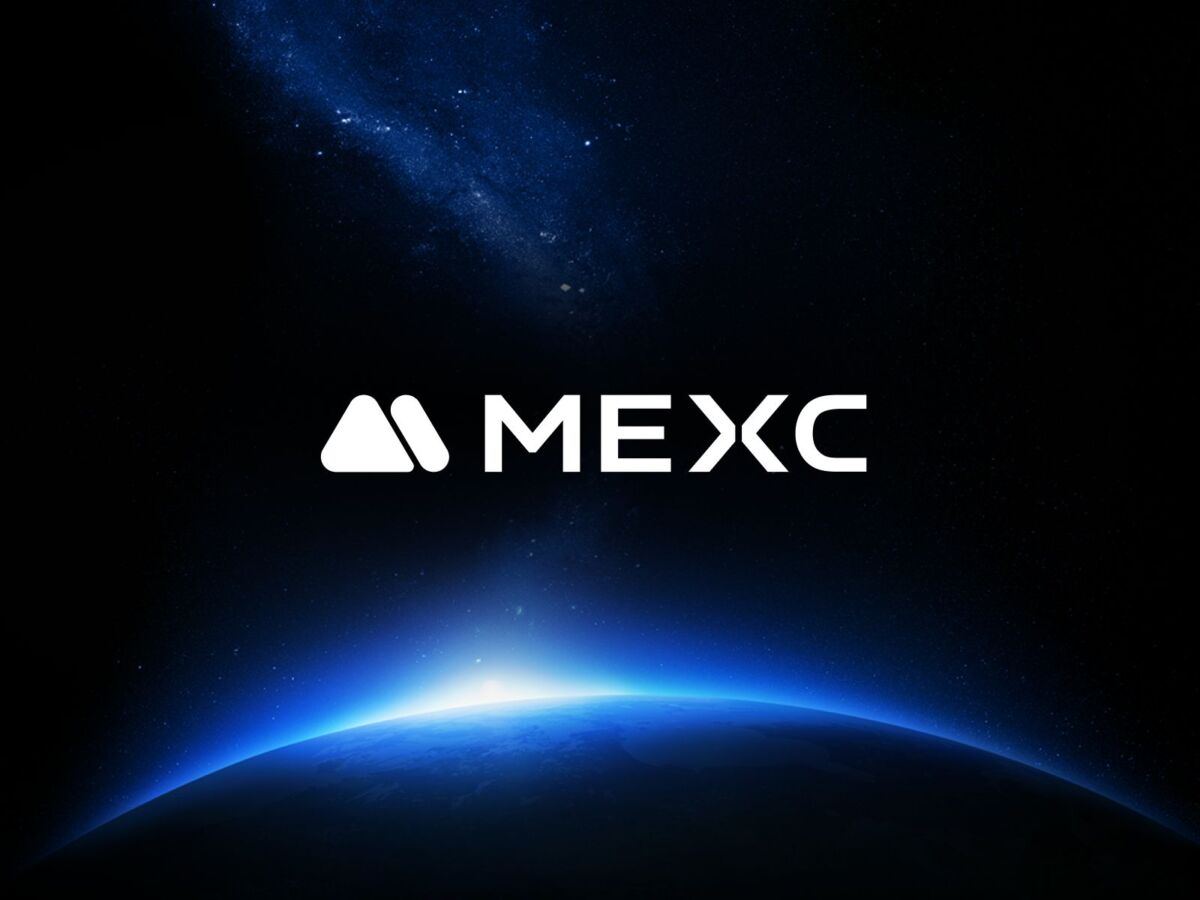As Ether (ETH) moves through late‑2025 volatility, a cluster of technical signals suggests a possible upside breakout that could carry the token toward the $4,400 area within weeks. Traders monitoring structure, momentum, and on‑chain valuation bands will want to understand the key levels and scenarios that determine whether a push higher becomes sustainable or instead gives way to a deeper pullback.

Market context for 2025
Crypto markets in 2025 have been shaped by a blend of macro tightening cycles early in the year, intermittent risk‑on episodes, and progress on Ethereum‑level adoption — including continued Layer‑2 growth and higher staking participation following protocol upgrades. These dynamics have tightened correlations with traditional risk assets at times, while idiosyncratic on‑chain flows (staking, liquidations, and exchange balances) continue to influence ETH price action.
Against this backdrop, technical setups can offer useful short‑ to medium‑term frameworks for traders and investors to interpret price risk. Below we break down the structure playing out for Ether and outline plausible paths from current levels.
Falling wedge forming: what to look for
Since early October, Ether has been tracing a falling wedge — a converging, downward‑sloping pattern typically associated with waning selling pressure and an elevated probability of a bullish breakout.
- Upper trendline resistance is currently near $3,560, a zone that has also coincided with the 0.236 Fibonacci retracement level on the recent move.
- The lower trendline sits in the $3,000–$3,200 area and represents the near‑term downside support band.
- The wedge apex, where the two trendlines converge, is roughly around $2,710; a long consolidation toward that point would reflect prolonged indecision.
Falling wedges do not guarantee a rally, but they do highlight declining bearish momentum. A decisive daily close above the wedge’s upper trendline — especially on above‑average volume — is the most straightforward technical signal that a breakout is in play.
Immediate breakout trigger
Market participants will watch for a confirmed move above $3,560. If that level is cleared, it would both invalidate the short‑term descending resistance and open the path toward measured targets derived from Fib resistance and previous supply zones.
Momentum: MACD signaling potential bullish flip
One of the momentum indicators supporting the upside case is the Moving Average Convergence Divergence (MACD). The MACD compares a faster and a slower moving average to detect shifts in trend strength and momentum.
- A bullish MACD crossover (the faster line crossing above the slower line) typically signals that buying pressure is beginning to exceed selling pressure.
- Historically, similar MACD flips during consolidation phases have preceded both short‑term rallies and more sustained recoveries for ETH.
In the present setup, the MACD has approached a bullish cross and would provide additional confirmation if it completes while price tests the upper trendline. Traders often treat the MACD cross combined with a pattern breakout as a higher‑probability entry trigger.
Target projection: $4,415 by mid‑December
If Ether confirms a breakout above $3,560, technical projections point toward a target in the $4,400–$4,420 range. That level corresponds to the 0.786 Fibonacci retracement of the prior decline and has acted as resistance in earlier phases.
- The projected $4,415 target is approximately 25% above current levels and is plausible within a mult‑week time horizon — potentially by mid‑December if momentum and volume align.
- Reaching that level would signal a meaningful retracement of the preceding move and could attract renewed attention from momentum traders and swing funds.
It is important to treat any single target as a probabilistic outcome rather than a certainty; macro headlines, liquidity events, or rapid changes in risk sentiment can accelerate or derail the trajectory.
Bearish scenarios and downside risk
Breakouts often fail; therefore risk managers should prepare for scenarios that invalidate the bullish thesis.
- If ETH is rejected at the wedge’s upper trendline, price may re‑test the lower trendline near $3,000–$3,200. Such a move would signal persistent selling pressure and could keep the wedge pattern intact.
- In a more severe deterioration, a continued breakdown below the local mean valuation bands may push ETH toward the wedge apex near $2,710.
- On‑chain valuation metrics — like MVRV‑based deviation bands — suggest a potential downside target near the –0.5σ band, around $2,870, if prices close and trade below the mean band. Historically, similar on‑chain deviations have preceded extended sell‑offs before eventual recoveries.
These downside levels represent zones where longer‑term investors have often accumulated during previous cyclical corrections, but they also reflect pain thresholds for shorter‑term holders and leveraged participants.
How to trade this setup (risk management)
Whether you’re a swing trader, position trader or portfolio allocator, aligning trade size, stops, and targets to your risk tolerance is essential.
- Confirmation approach: wait for a daily close above $3,560 with increased volume and a completed MACD bullish cross before adding new long exposure.
- Aggressive approach: scale in on strength toward the upper trendline, using tight stops below recent intraday structure to limit downside.
- Stop placement ideas: conservative stops below $3,200–$3,000 for swing positions; tighter intraday stops for shorter‑term trades.
- Position sizing: size trades so that potential losses to a stop are within your acceptable risk per trade (commonly 1–2% of capital).
In all cases, consider liquidity, slippage and the potential for rapid headline‑driven moves in 2025’s market environment.
Macro and on‑chain catalysts to watch
Technical setups are more durable when supported by fundamental or on‑chain developments. Key catalysts that could reinforce a bullish breakout include:
- Continued inflows into staking and a decline in exchange ETH balances, which historically tighten supply and support price.
- Positive regulatory clarity in major jurisdictions that reduces systemic execution risk and encourages institutional participation.
- Layer‑2 adoption and protocol upgrades that improve throughput and reduce fees, boosting network utility and economic demand.
- Macro risk‑on shifts: improved risk sentiment and easing rate‑tightening expectations can lift risk assets including ETH.
Conversely, abrupt macro shocks, liquidity crunches, or negative policy announcements could prompt rapid deleveraging and invalidate bullish patterns.
Putting it together: probabilities, not guarantees
The technical picture — a falling wedge approaching a breakout point, alongside a near‑term MACD bullish signal — creates a credible bullish scenario for Ether targeting roughly $4,415 by mid‑December. That path is contingent on a confirmed daily close above the ~$3,560 resistance and supporting volume and momentum.
However, traders should remain mindful of clearly defined invalidation levels. A failed breakout and a retest of the $3,000–$3,200 support band, or a move toward valuation‑based bands near $2,870, would shift the bias back toward risk‑off and require a reassessment of target projections.
Final considerations
As 2025 progresses, combining technical set‑ups with on‑chain signals and macro context provides a more complete framework for decision‑making. Use structured plans for entry, risk management and profit taking, and avoid overexposure to single outcomes. Market behavior can change rapidly; treat targets as guides and adjust as new information unfolds.
MEXC will continue to monitor Ether market dynamics and provide timely analysis as price action and on‑chain flows evolve.
Disclaimer: This post is a compilation of publicly available information.
MEXC does not verify or guarantee the accuracy of third-party content.
Readers should conduct their own research before making any investment or participation decisions.
Join MEXC and Get up to $10,000 Bonus!
Sign Up


